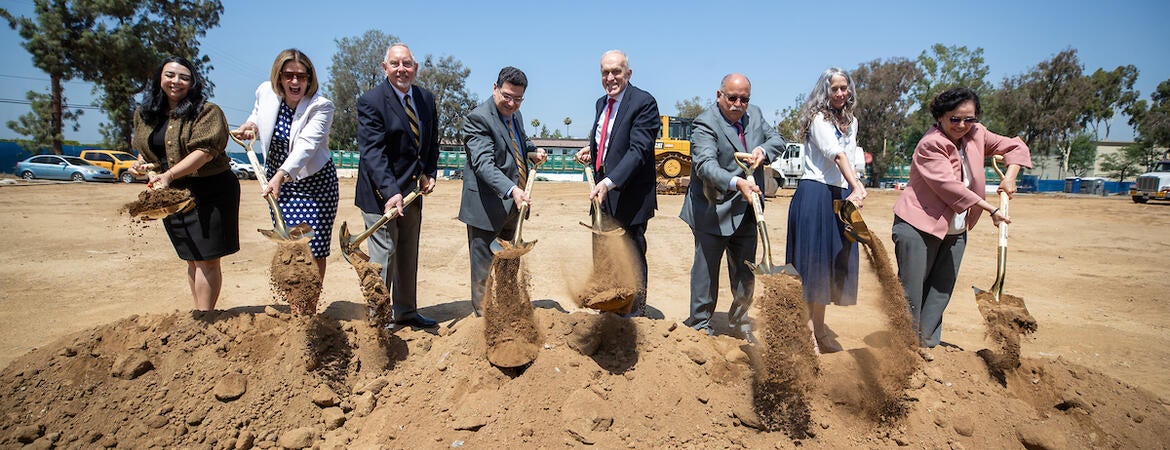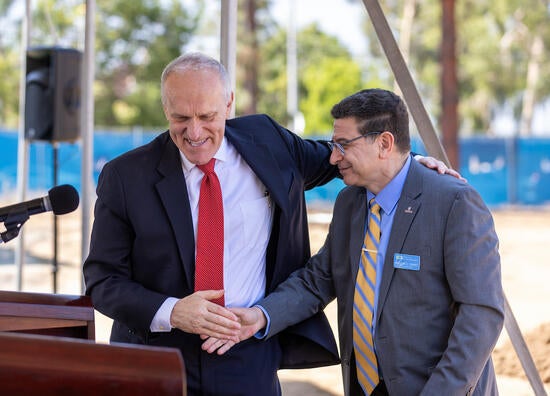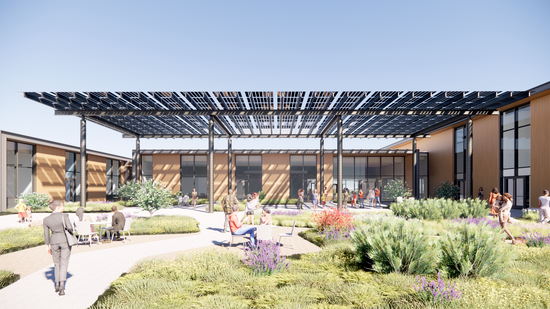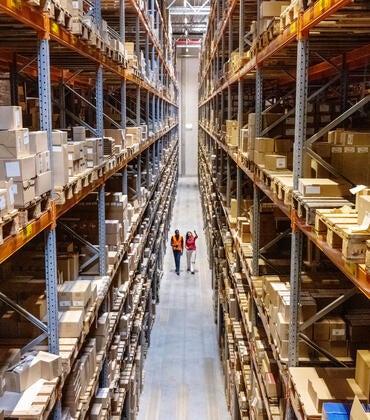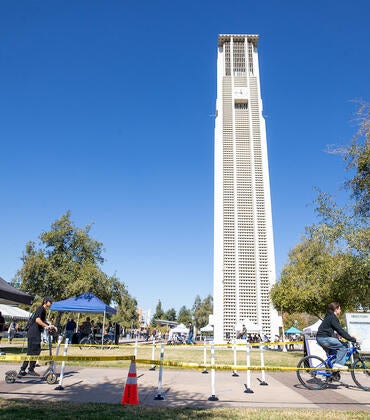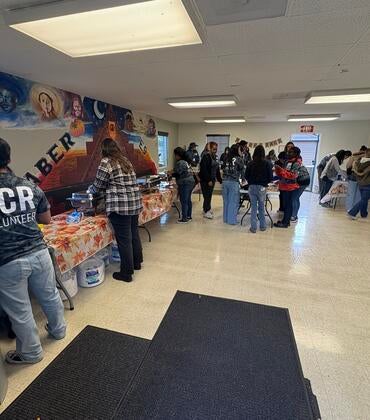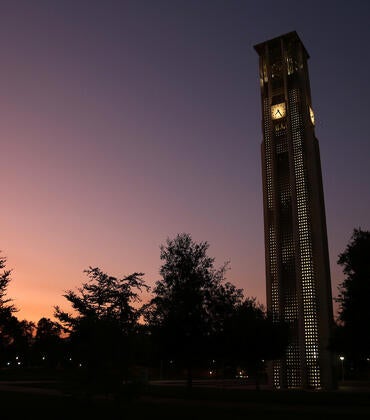UC Riverside has begun construction of the SoCal OASIS Park™, a research and innovation hub near campus that represents a major step in promoting economic growth in Inland Southern California.
Community and campus leaders celebrated the project at a groundbreaking ceremony Monday, June 23, at the 3.44-acre site on University Avenue near campus. The $68 million project is expected to be completed by spring 2027.
Chancellor Kim A. Wilcox said UCR has played a major role in the region’s economy since the campus’ beginnings as the site of the Citrus Experiment Station and continuing with its agricultural research. The park marks a bold new chapter as the first UCR facility built specifically for economic development, he said.
Wilcox said UCR is redefining its role to make a broader impact on issues such as access to education and health care and promoting sustainability.
“We at UCR feel an obligation to those issues and one of the ways to do that is to find a space like this where industry can lease space, where our scientists can work,” Wilcox said. “It brings all those pieces together so we can make a difference in the local economy and not leave people behind.”
The approximately 39,000-square-foot building will feature labs, maker spaces and collaborative work areas; flexible office space for incubators and startups; and event and training spaces. UCR Extension and the Center for Environmental Research and Technology, or CE-CERT, are among the entities occupying space in the new building.
OASIS stands for Opportunities to Advance Sustainability, Innovation, and Social Inclusion. The initiative led by UCR’s Office of Research and Economic Development, or RED, involves partnerships with the community and industry to promote clean and next-generation technology.
As the first major infrastructure project under the SoCal OASIS™ umbrella, the park represents an extraordinary opportunity to demonstrate the transformative economic impact of universities, said Rodolfo Torres, vice chancellor for Research and Economic Development.
“This project will anchor our commitment to bringing people together across sectors – researchers, entrepreneurs, startups, community leaders, and government partners,” Torres said. “Through collaboration we will create solutions to today’s most pressing challenges from cleaner energy and climate resilience to food security, public health disparities, and more.”
Rosibel Ochoa, associate vice chancellor for technology partnerships, said entrepreneurial programs led by her office have raised nearly $100 million for startups over the last decade. The park meets an need by creating a dedicated space that she described as a “living laboratory.”
“It will be a place to inspire imagination, to engage young minds, and to spark the next generation of scientists, engineers, and entrepreneurs,” Ochoa said.
(UCR/Stan Lim)
Local government leaders who helped support the project were among those attending the ceremony including Riverside Mayor Patricia Lock Dawson, former State Senator Richard Roth, and Riverside County Supervisor Jose Medina.
Lock Dawson said she’s proud as both a UCR alumna and the city’s mayor to see the park built in Riverside. She called it an ambitious and visionary project that will place the city at the forefront of environmental research, innovation, and sustainability.
“OASIS will be the training ground for the next generation of scientists, engineers, and problem solvers,” she said. “It will open doors for our students, attract businesses, create jobs for our residents, and deliver real solutions to communities grappling with the impacts of climate change, and it all starts right here in Riverside.”
Medina said the project demonstrates “how public investment can drive economic growth, create jobs, and improve the quality of our community.”
Roth said the park represents the power and promise of collaboration in “meeting the challenges and developing the solutions of today, tomorrow, and well into the future.”
The park is located just outside campus and close to the California Air Resources Board, or CARB, Southern California headquarters, which UCR has worked closely with on clean air research.
The building is designed to create a welcoming environment filled with natural light and warm features including ceramic and wood panels, said Jaqueline Norman, campus architect.
“The decision to locate the SoCal OASIS park off campus right here on University Avenue, embedded within the city’s urban fabric, is no accident,” she said. “This strategic placement ensures the facility will be a vital new manifestation of the university's mission directly extending our work into the community.”
